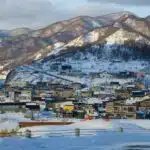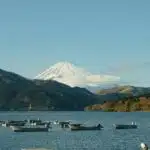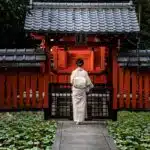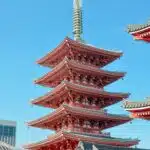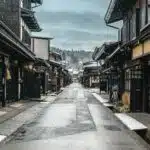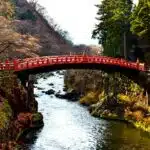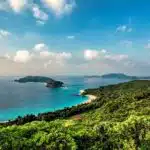Mount Fuji, Japan’s highest and most iconic peak at 3,776 meters, is a symbol of natural beauty and cultural significance. This dormant volcano, located between Yamanashi and Shizuoka Prefectures, is a popular destination for climbers, photographers, and sightseers, offering breathtaking views and a spiritual experience.
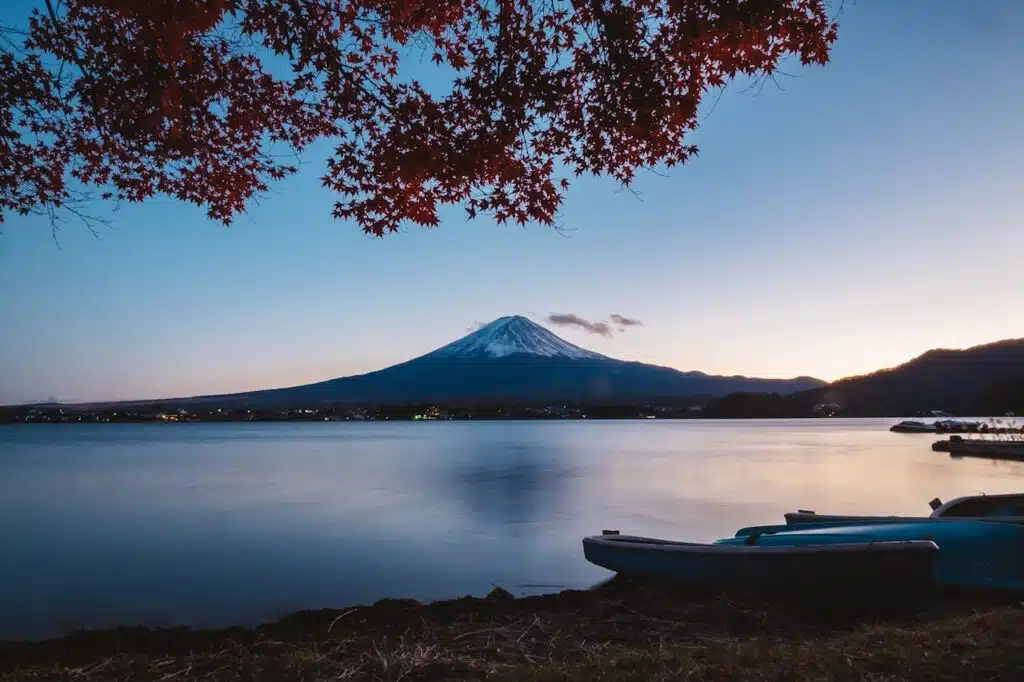
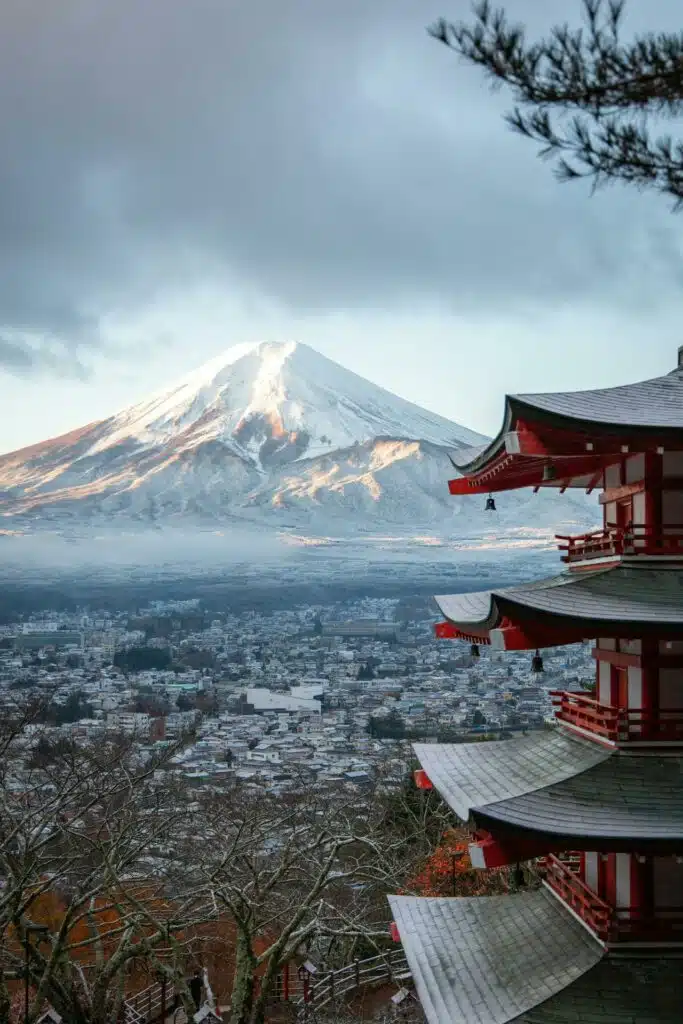
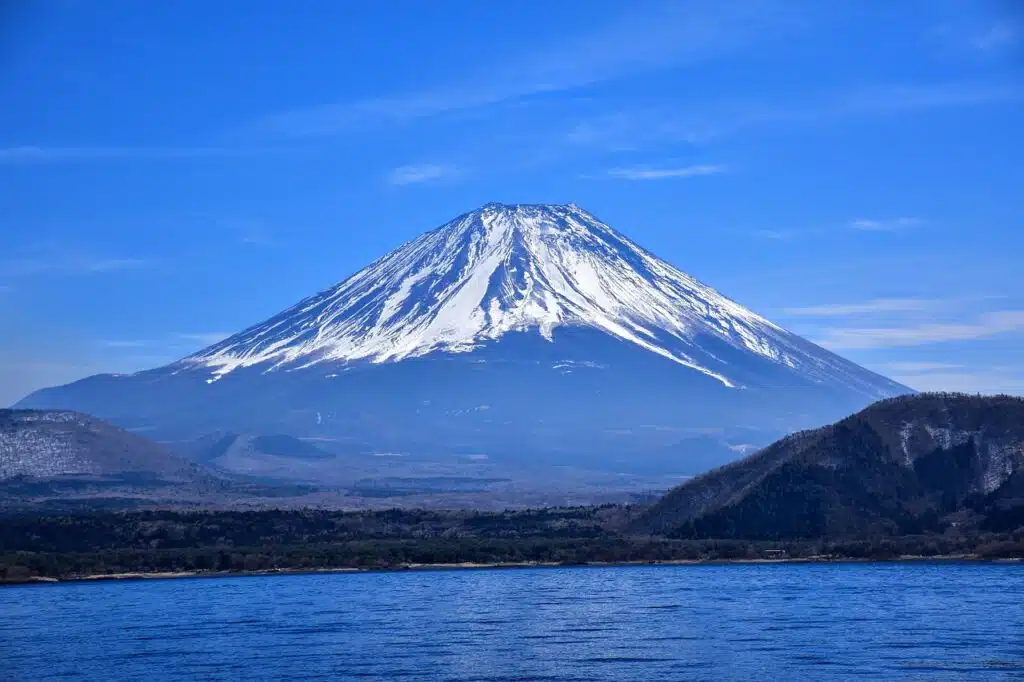
What to See at Mount Fuji
- Fuji Five Lakes: The five lakes—Kawaguchi, Yamanaka, Saiko, Shoji, and Motosu—surrounding Mount Fuji provide stunning views of the mountain, especially from Lake Kawaguchi, which is the most accessible. These lakes are ideal for hiking, boating, and hot spring experiences.
- Chureito Pagoda: Located in the nearby town of Fujiyoshida, this five-story pagoda offers one of the most famous and scenic views of the volcano , especially during cherry blossom season.
- Climbing the Summit: The official climbing season runs from early July to early September. Thousands of climbers take on the challenge, hiking overnight to witness the breathtaking sunrise from the summit, a sight known as Goraiko.
- Hakone: The nearby Hakone area offers excellent views of the Mount, along with hot springs, art museums, and scenic rides on the Hakone Ropeway and pirate ships across Lake Ashi.
- Shiraito Falls: Located near the southwestern base of Mount Fuji, these stunning waterfalls cascade gracefully from a height of 20 meters, framed by lush greenery.
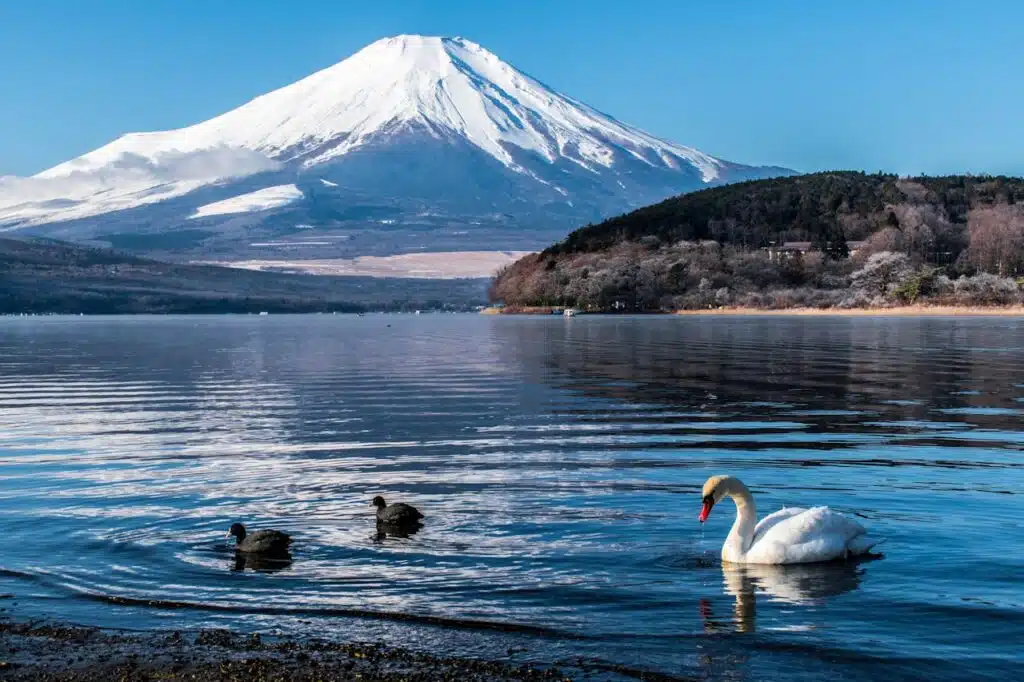
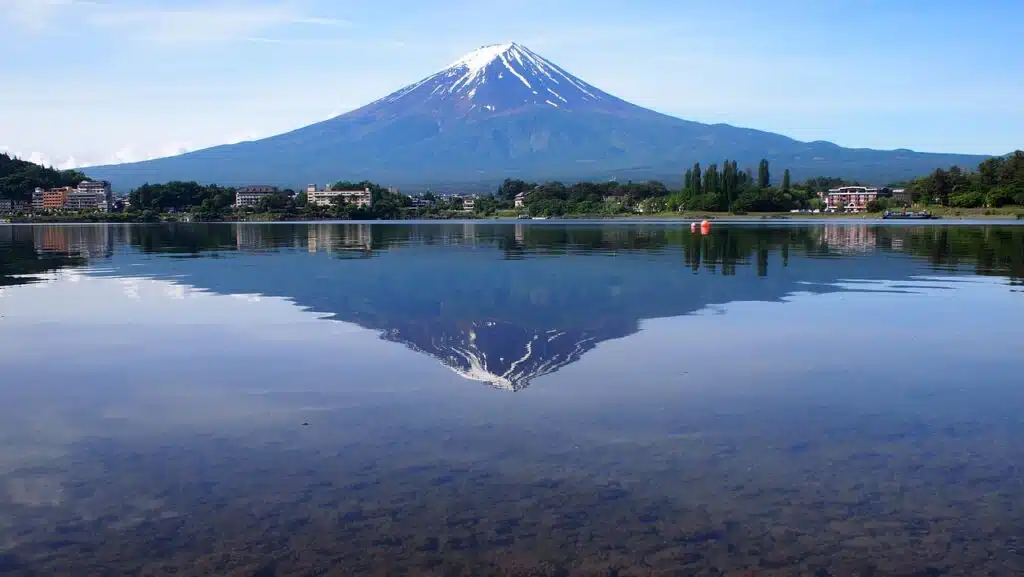
How to Prepare for Your Mount Fuji Adventure
- Best Time to Visit: Clear skies in autumn and winter provide the best views of the volcano, but the climbing season is during summer (July-September). Spring and fall are great for seeing the mountain from a distance.
- Climbing Tips: If you plan to climb, be prepared for cold temperatures at the summit, even in summer. Bring layers, snacks, and plenty of water. The Yoshida Trail is the most popular climbing route, with mountain huts along the way for rest.
- Book in Advance: During peak climbing season, accommodations and mountain huts near the summit book quickly, so make reservations well in advance if you plan to stay overnight.
- View from Afar: If climbing isn’t your goal, consider taking in the view from nearby locations such as the Fuji Five Lakes or the Hakone area. Early mornings often offer the clearest views.
- Transportation: The easiest way to reach Mount Fuji is by bus from Tokyo, which takes about 2-3 hours to reach the Fifth Station (for climbers) or Kawaguchiko (for sightseeing).
- Weather: Weather conditions can change rapidly on Mount Fuji, even during climbing season. Always check the forecast before you go, and be ready for possible fog or cloud cover, which can obscure views.
- Cultural Significance: For many Japanese people, Mount Fuji is not just a natural wonder but also a sacred site. Respect local customs and traditions when visiting shrines or temples around the mountain.
- Take it Easy: If you’re not climbing, relax in an onsen (hot spring) with views of the mountain. Many ryokan and hotels in the Fuji Five Lakes area offer outdoor baths with breathtaking vistas.
Getting There
Mount Fuji is accessible by train or bus from Tokyo. The Fujikyu Railway and Chuo Expressway Bus are popular routes to reach the Fuji Five Lakes area or the Fifth Station for climbers.
Why Visit Mount Fuji?
Mount Fuji is an emblem of Japan’s natural beauty and cultural heritage, offering everything from challenging hikes to serene landscapes. Whether climbing to the summit or admiring from afar, visiting Mount Fuji is a quintessential Japan experience.

